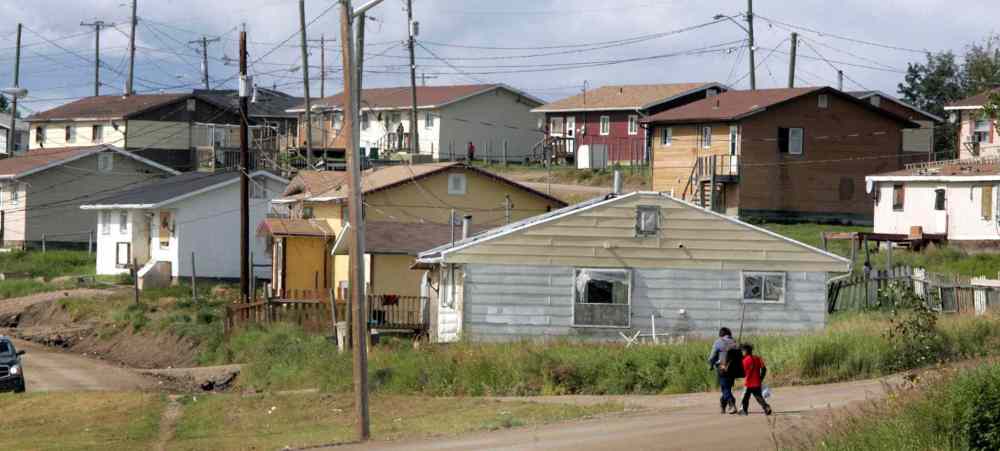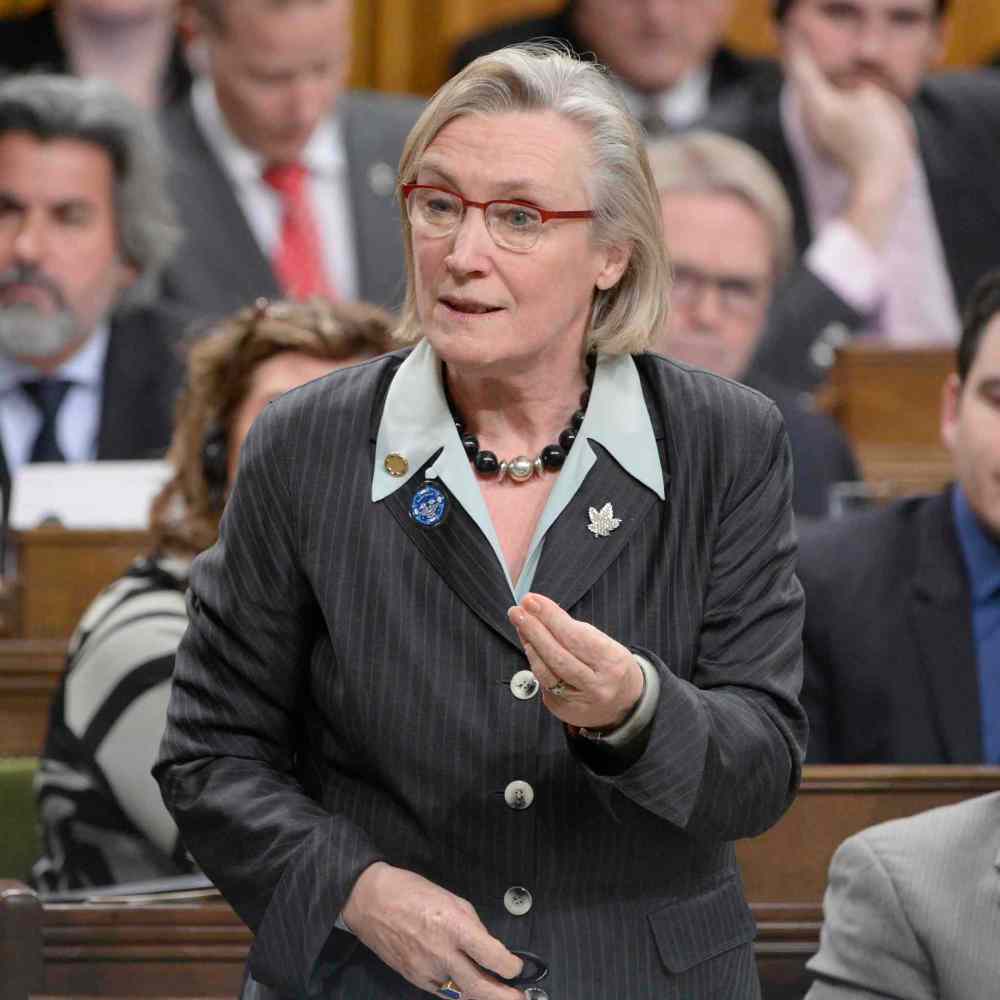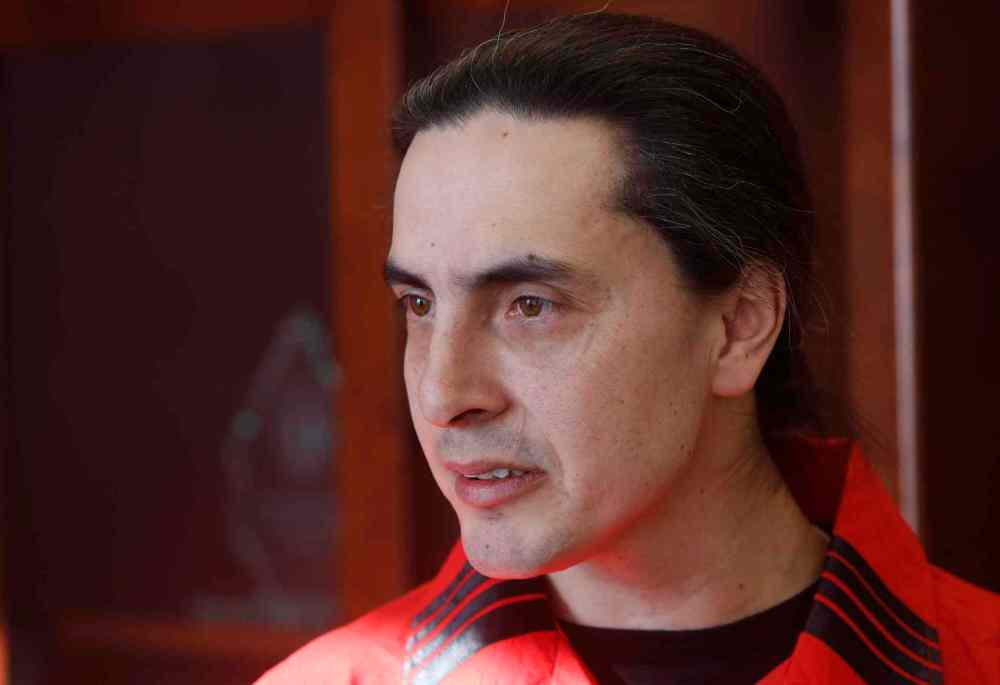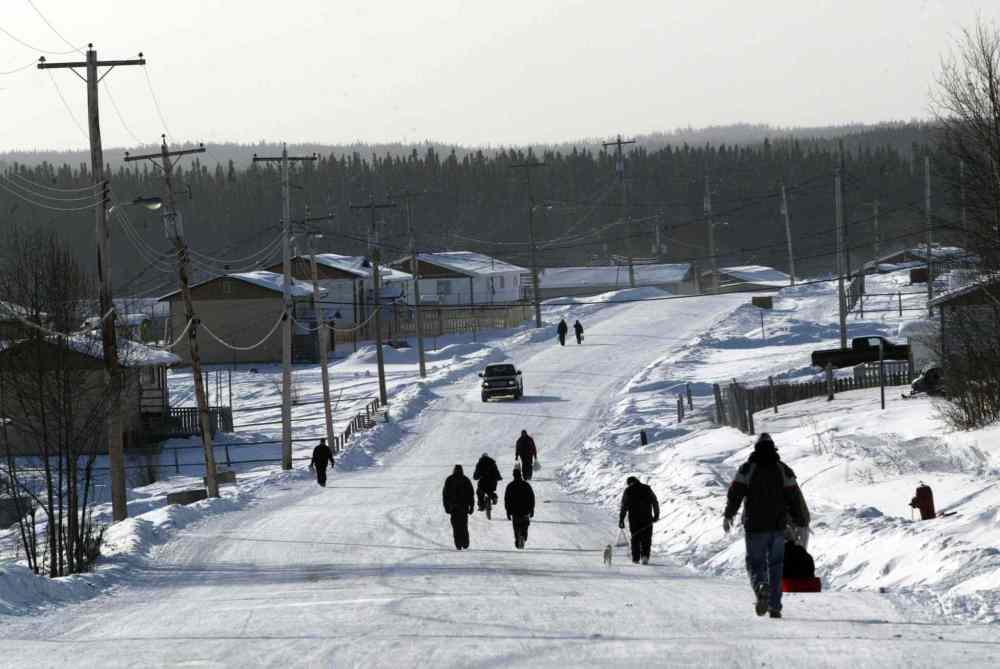Housing gap
Gov't doesn't know how many First Nations homes have been built through its funding programs
Advertisement
Read this article for free:
or
Already have an account? Log in here »
To continue reading, please subscribe:
Monthly Digital Subscription
$1 per week for 24 weeks*
- Enjoy unlimited reading on winnipegfreepress.com
- Read the E-Edition, our digital replica newspaper
- Access News Break, our award-winning app
- Play interactive puzzles
*Billed as $4.00 plus GST every four weeks. After 24 weeks, price increases to the regular rate of $19.00 plus GST every four weeks. Offer available to new and qualified returning subscribers only. Cancel any time.
Monthly Digital Subscription
$4.75/week*
- Enjoy unlimited reading on winnipegfreepress.com
- Read the E-Edition, our digital replica newspaper
- Access News Break, our award-winning app
- Play interactive puzzles
*Billed as $19 plus GST every four weeks. Cancel any time.
To continue reading, please subscribe:
Add Winnipeg Free Press access to your Brandon Sun subscription for only
$1 for the first 4 weeks*
*$1 will be added to your next bill. After your 4 weeks access is complete your rate will increase by $0.00 a X percent off the regular rate.
Read unlimited articles for free today:
or
Already have an account? Log in here »
Hey there, time traveller!
This article was published 05/02/2016 (3521 days ago), so information in it may no longer be current.
OTTAWA — The housing crisis on First Nations is well-documented: people are crammed into homes that are unsanitary firetraps, some riddled with mould or so overcrowded that people take turns sleeping.
Nowhere is the problem more acute than in Manitoba, where one in three indigenous people lives in unsuitable housing, according to federal documents recently obtained by an access-to-information request. Alberta is the only other province with a similar rate.
Ottawa has several programs designed to help, including direct funding of $133 million to Manitoba First Nations in the last five years.
But federal officials don’t know how that money has been spent.
“First Nations are not required to report the number of new units built or existing units repaired via INAC funding,” wrote a spokesperson for the now-named Aboriginal Affairs and Northern Development Canada.
Another initiative — its ministerial loan guarantee program — is intended to help band governments secure loans worth $98 million to build 566 homes.
Again, federal officials don’t know how many got built.
Then there is a market housing fund for First Nations, which is designed to help more indigenous people own their homes. When it was launched in 2008, with $300 million in startup money, it was to build 25,000 homes in a decade.
As of Dec. 31, it had built 153.
“Frustrating isn’t a strong enough word,” said Todd MacKay, prairie director for the Canadian Taxpayers Federation. “The (housing) problems are terrible, but the federal government has dropped the ball and is kicking it all over the field.”
Documents obtained by The Canadian Press suggest the housing problem on reserves is made worse because cash-strapped reserves siphon off money intended for housing to help cover bills for health care, education or child welfare.
Again, there are no records Ottawa can track to see where that money went. There are no records to see where bands are short of cash for other programs.
“The lack of accountability is unacceptable,” said Manitoba NDP MP Niki Ashton, whose northern riding has many First Nations.
She asked how the problem could be addressed if nobody knows if the programs are working.

Indigenous Affairs Minister Carolyn Bennett said this week she has visited northern reserves in Manitoba and knows there is a housing crisis. But she said she was unable to say what her government can or will do about it.
Ashton, whose Churchill-Keewatinook Aski riding has a population that is more than two-thirds First Nations, said when she visits communities, housing is the first priority.
“When I go door-knocking in remote First Nations, this is the issue I hear about at almost every house,” she said.
“In less remote places, it’s maybe every second house.”
350 homes for 2,600 people in Colomb Cree Nation
The regional health survey of First Nations done from 2008 to 2010 found 37 per cent of on-reserve homes needed major repairs, and more than half had mould and mildew. Many residents wait an average of four to six years to get housing.
Statistics Canada data suggest almost one in three band-owned homes in Manitoba are too small for the number of people living in them.
Off-reserve, less than one in 10 private homes, and fewer than one in 20 rental units, is considered too small.

Chief Arlen Dumas of Mathias Colomb Cree Nation said there are 350 homes for 2,600 people in his community. That is about one house for every seven people. Nationally, the average household has 2.5 people.
With 60 to 70 babies being born in Mathias Colomb each year, the need for housing increases faster than the number of homes being built.
About 70 new units have been built since 2008, but Dumas estimates when population growth and the need to replace or repair dilapidated homes are taken into account, Mathias Colomb needs another 400 homes right now.
Building a new home on a reserve generally costs $150,000 in southern reserves that are accessible year-round by a road. Remote, northern communities pay about $250,000.
There are several different federal programs that can help First Nations add to their housing stock, but many don’t work in Manitoba because bands can’t be managed by a third party. Almost 70 per cent of Manitoba’s 63 First Nations are either in third-party management or involved in some sort of remedial financial arrangement with INAC.
It means only 20 First Nations currently qualify for a ministerial loan guarantee in which First Nations secure housing loans from private banks or the Canadian Mortgage and Housing Corp., using the financial backing of the federal government.
Because of the unique land-ownership arrangement between the federal government and First Nations, bands rarely have the collateral needed to guarantee loans.
Dumas said even those that would qualify have to battle it out with each other for the money provided. From 2010-11 to 2014-15, Ottawa put up $98 million to help secure loans for 566 new homes on Manitoba reserves. Among the 20 First Nations that would likely qualify for those loans, that averages out to five or six new houses a year.

High targets missed
The First Nations market housing fund, first envisioned as part of the 2005 Kelowna accord, was created by the Conservative government. It aims to increase the number of individual First Nation residents who own their own homes. It helps First Nations governments and individuals achieve the financial training and planning needed to apply for, receive and pay for mortgages, and it provides the collateral to secure those loans.
To date, only two First Nations in Manitoba have qualified for the certification required to apply for mortgages.
John Beaucage, the chairman of the fund, told the Free Press it has taken a lot longer than expected to get things moving.
“We know now the target was set a little high,” he said.
Beaucage said his staff is working with 12 other First Nations in Manitoba, but the economic situation on many First Nations, as well as a cultural belief in community rather than individual ownership, has hindered progress.
Ashton said this kind of fund really only helps reserves that are close to urban areas, where employment is higher and individuals have money to pay a mortgage.
Some First Nations are doing a little better. Mathias Colomb set up a number of programs to improve housing, including training people in construction and building trades such as electrical work and plumbing.
The reserve has its own construction company, so any money spent on housing stays within the reserve instead of going to off-reserve tradespeople who are flown in at great expense.
Mathias Colomb got into dire housing straits in part because of a diesel spill from a Manitoba Hydro generating station, which left many buildings and homes uninhabitable.
The community is holding its own financially so it qualifies for loan programs. But it first had to expand its water-and-sewage treatment capacity. This summer, it expects to build 30 new homes. That will barely make a dent in the 400 new homes needed — but it’s a start, Dumas said.
He said Mathias Colomb currently spends about $500,000 a month on mortgage payments for its homes. It also pays for insurance, which is sky-high because of the fire risk for on-reserve homes in remote communities.
“Sometimes, it’s better off to simply build a new house rather than insure it,” he said.
History
Updated on Friday, February 5, 2016 10:20 PM CST: Headline fix


